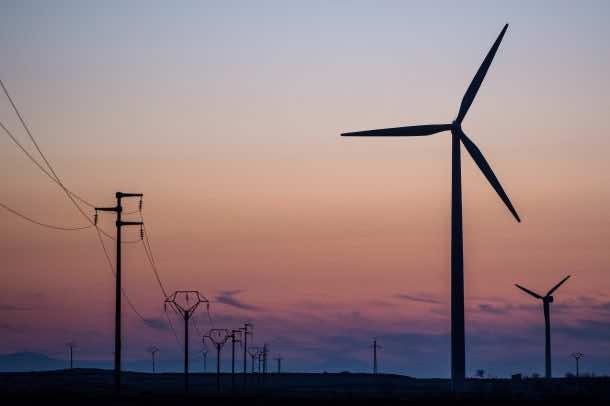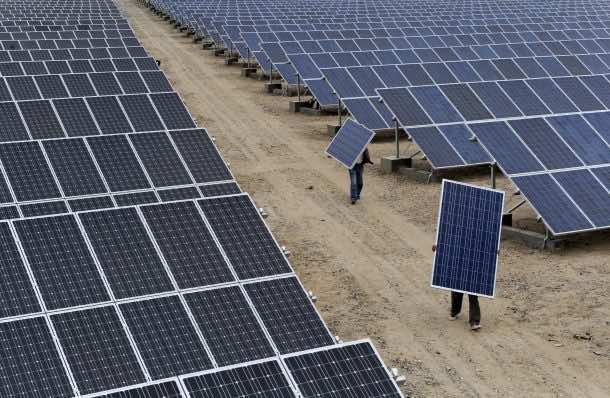Being the world’s largest renewable energy producer using the wind and solar power, China now aims to enhance its power storage capacity to a massive 14.5 gigawatts, almost ten times its present capacity, in the next five years.
The country is trying to reduce the large amount of waste generated by the renewable energy projects. Though China is the world’s biggest renewable energy producer and also the second largest economy, yet an estimate claims that a few provinces of China are losing more than 40 percent of their power owing to bottlenecks in the grid and other technical issues. Still others cite a weak power demand growth for the reason of power wastage.

The success of the Chinese plan to improve energy storage capacity will depend on the innovation and efficient implementation of the storage technologies including the Li-ion batteries and hydropower storage.
The currently installed power storage capacity in China is 105 MW, improved 110% in the last five years. However, this figure reflects a mere 1.7% of the total power generation capacity by 2015.

The China Energy Storage Alliance, recently published a report which quoted Tina Zhang, managing director of the industrial body:
“We didn’t count pumped hydropower, and we project growth to rise to 14.5 GW by 2020 based on manufacturers’ orders.”
The latest 5-year plan aims to find the state-of-the-art innovations in the commercialization of the power storage sector, yet no specific plans or goals have been laid out. VP of the State Grid Energy Research Institute, Jiang Liping said:
“China is heading an energy revolution led by the transformation to low-carbon energy and the opening up of its wholesale power market, and storage will be important to bolster the changes.”
The experts suggest new tariff rates for peak and off-peak power with incentives to employ energy from the storage. However, currently, most of the energy storage plans lack finical feasibility and thus, more government backing is required to make better use of the renewables.


